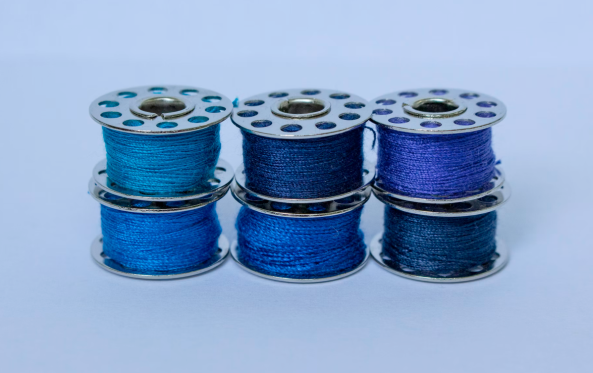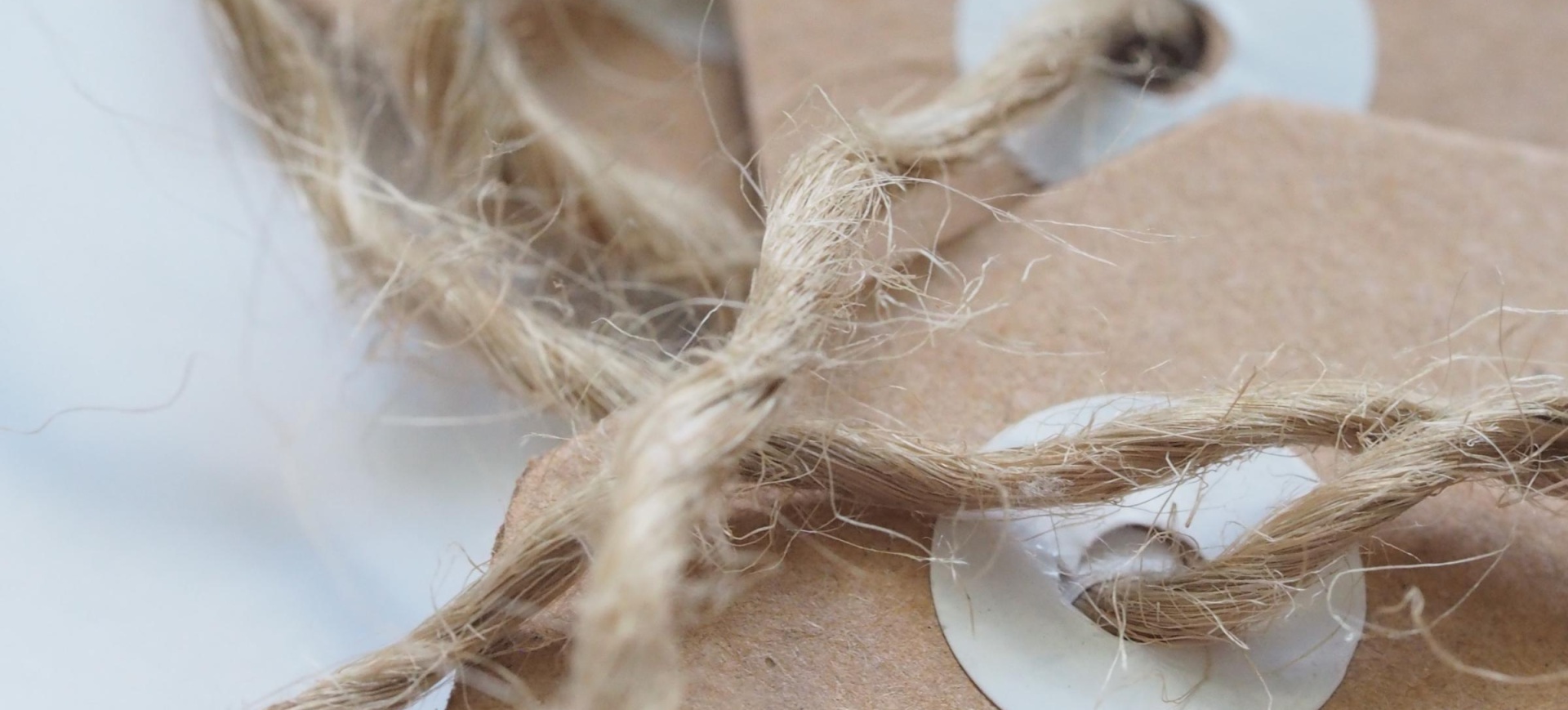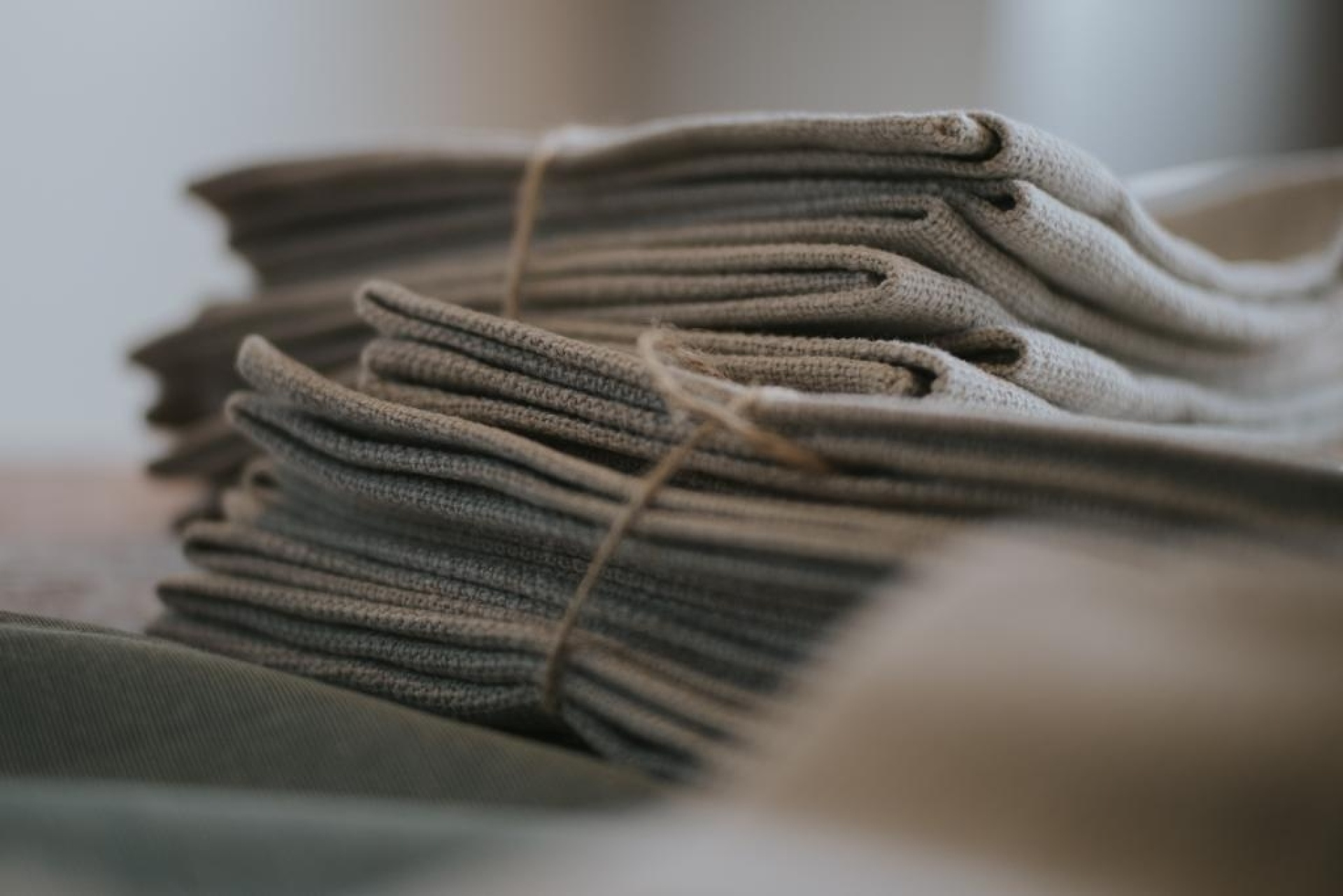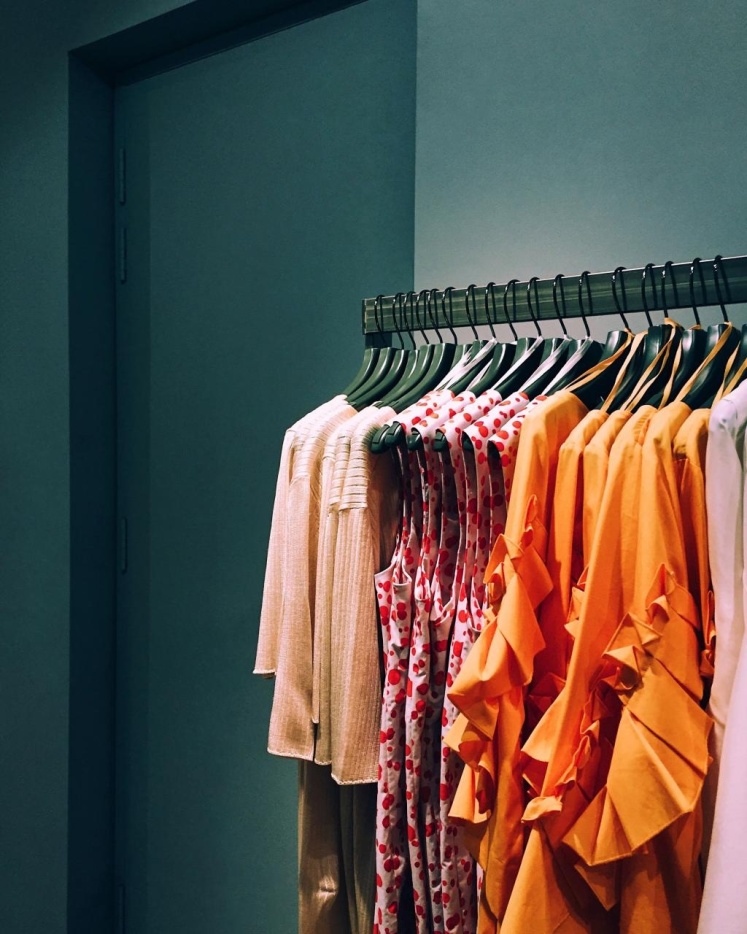
13th edition of Refashion Innovation Challenge
Refashion's Innovation Challenge is back for its 13th edition! Find out more about the call for R&D projects and how to apply!

Refashion's Innovation Challenge is back for its 13th edition! Find out more about the call for R&D projects and how to apply!

Pour la 2ème édition de son appel à projets annuel dédié au réemploi, Refashion soutient 35 projets en France métropolitaine et à La Réunion.|Pour la 2ème édition de son appel à projets annuel dédié au réemploi, Refashion soutient 35 projets en France métropolitaine et à La Réunion.
Helping consumers compare products

With the help of the ADEME (French Environment and Energy Agency) and the French Ecological Transition and Solidarity Ministry, Okaïdi implemented environmental impact labelling for 200 items of clothing in its 2019 winter collection. We would like to help our consumers in comparing our products, thereby giving them the opportunity to choose products as informed customers.
Environmental labelling is also a tool that gives us a tangible reference base that we can use in order to move forward more quickly and coherently when taking into account the environmental impact of our collections.

First of all, in 2017 we started life cycle analyses (LCA) on all our products in order to estimate their environmental impacts throughout their life cycles. We used the EIME tool by Bureau Véritas to do this. In parallel, the ADEME provided us with the necessary documents: methodology, functional units, access to the IMPACTS © database, etc. We also performed regular reviews with the ADEME team.
We calculate our environmental impacts using 11 indicators, including the eutrophication of water and climate change. Thanks to LCA, each indicator has a reference enabling us to then attribute a rating to the product. Our classification system starts at A (the lowest environmental impact) to E (the highest environmental impact). Our campaign to communicate about environmental labelling started six months ago.
In parallel we also undertook a market study that had two main objectives:
Today we are working on standardising reference thresholds for each indicator for different production categories in order to have a non-exhaustive, robust, reliable and streamlined rating system amongst the industry’s different stakeholders.
We had to convince those in operations who perceived this rating system as a hindrance in promoting their products and therefore their sales. Yet, they’re key operational stakeholders. It was necessary for them to embrace the value of implementing a continual improvement process in which our brand is involved. For this purpose, we have, for example, created learning sheets aimed at in-store sales teams.
We also encountered problems in collecting real data for LCA calculations. We had to opt for a mix of real, available data and data from the IMPACTS database for the information we didn’t have. Ultimately we would like to use data that is 100% real.
Okaïdi has a strong social and environmental project. Through this initiative our employees’ pride has been boosted and the company’s mission has brought them together.
We have boosted our work with our suppliers. To facilitate the change in our sourcing policy, we have implemented simple learning tools, such as a questionnaire, enabling suppliers to better embrace the stakes and challenges in sustainable sourcing.
Lastly, collective intelligence of all stakeholders in the textile industry is an important lever for success. The management of various projects, particularly through the project group on environmental labelling comprised of the ADEME, the French Ecological Transition and Solidarity Ministry, Okaïdi and Decathlon, exchanging and sharing the results and best practices saves time, improves efficiency and saves money. Indeed, sustainability goes beyond our company’s project.

We have identified several areas of improvement for the next few years:
In terms of quantified objectives, to date, 200 Okaïdi products have environmental labelling, i.e. 10% of our collection. By 2020 we would like this to be 50% of our collection, i.e. 1000 products. In terms of continual improvement our ultimate goal is that environmental labelling is available for 100% of our products.
Thank you Séverine MAREELS.